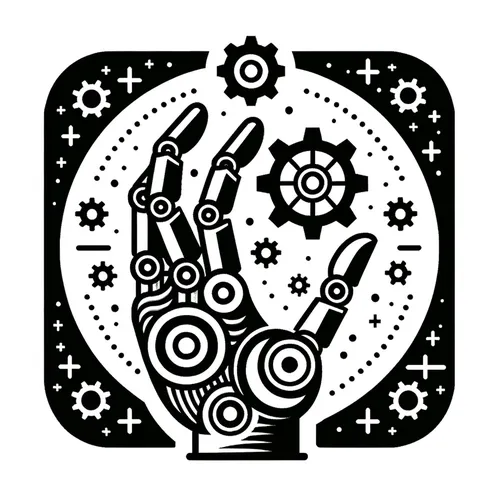Robots Raid the Factory: AI's Automation Domination! 🤖💪 #RobotsRising #IndustryGameChanger
- Author
- Quiet. Please
- Published
- Mon 16 Jun 2025
- Episode Link
- https://www.spreaker.com/episode/robots-raid-the-factory-ai-s-automation-domination-robotsrising-industrygamechanger--66574390
This is you Robotics Industry Insider: AI & Automation News podcast.
The robotics and automation sector is surging into a new era, marked by the convergence of artificial intelligence, collaborative robots, and advanced industrial automation technologies. Recent industry data shows the global industrial automation market is valued at 256 billion dollars in 2025 and is projected to more than double within a decade, accelerating at nearly ten percent compound annual growth. This growth is driven by manufacturers’ efforts to boost efficiency, streamline workflows, and tackle persistent labor shortages, with cutting-edge robotics and artificial intelligence transforming production lines and warehouses alike.
Breakthroughs abound: at this month’s Automate 2025 and ProMat 2025 exhibitions, companies debuted AI-powered robotic arms, modular platforms, and collaborative robots capable of complex pick-and-place, inventory, and packaging tasks. Noteworthy is Fox Robotics’ FoxBot Mk3, now able to load trailers, integrate with warehouse management software, and interoperate with other factory equipment. FANUC is showcasing robots that handle sophisticated order fulfillment and depalletizing, while partnerships such as Photoneo with Jacobi Robotics leverage 3D vision and artificial intelligence for next-level warehouse automation. These advances reflect a broader trend: robot density in manufacturing is rising fast, with China fielding 470 robots per ten thousand workers as of 2023, while the United States, though trailing at rank ten globally, is rapidly catching up.
Artificial intelligence integration is the game-changer—enabling predictive maintenance, optimizing supply chains, and automating quality assurance. Manufacturers now use AI to shift workers away from repetitive or hazardous jobs, instead focusing them on higher-value activities. Seventy percent of American workers surveyed welcome robots as a solution to labor shortages, a nod to the predicted 2.1 million unfilled US manufacturing jobs by 2030. AI-driven robotics, such as the new Dexterity platform now valued at 1.65 billion dollars following a major funding round, exemplify sustained research and development momentum.
For industry stakeholders, the action items are clear: explore deploying AI-integrated robots not only to fill labor gaps but also to enhance workplace safety and competitiveness. Invest in partnerships to access new machine vision and modular robotic technologies. Capitalize on market momentum by upskilling the workforce for high-value tasks that leverage artificial intelligence insights.
Looking forward, the fusion of AI, collaborative robots, and advanced automation will intensify, with future manufacturing floors characterized by interoperability, scalability, and adaptive intelligence. Staying ahead will require continuous investment in both talent and technology, as the boundaries of what robots and automation can achieve continue to expand.
For more http://www.quietplease.ai
Get the best deals https://amzn.to/3ODvOta
